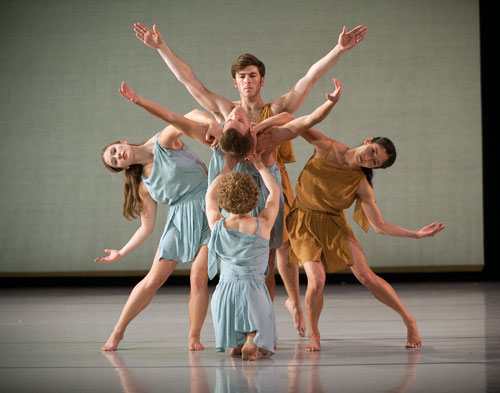
“Dancers are experts in mental processes such as memory, timing and motor cognition, and the study of dance can provide insight into these basic processes…. At the same time, several changes in psychology and neuroscience, make dance a more attractive and accessible domain for scientific enquiry.”
From: Dance Research Electronic, Special Online Issue on Dance and Neuroscience
Edited by Corinne Jola, Frank E. Pollick and Dee Reynolds; DOI: 10.3366/drs.2011.0019
The relationship between the arts and sciences is constantly re-evaluated and Dance and Neuroscience a free online issue of Dance Research (Volume 29.2, supplement), presents new ways in which neuroscientific research can benefit dance and vice-versa.
The 29th April is International Dance Day

Some articles connect dance with social psychology and social neuroscience, considering how dance movements are understood, and suggesting the great potential for cross fertilisation of ideas between dance and social research that emphasises the body. Other papers highlight the role of dance in managing debilitating conditions such as Parkinson’s Disease, and stress the interdependence of the arts and medicine when it comes to movement. Most of the articles are however, focused on choreography, the body space of the performer and the space surrounding the performer.




